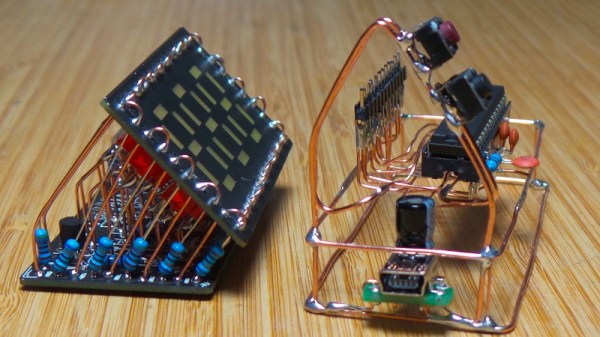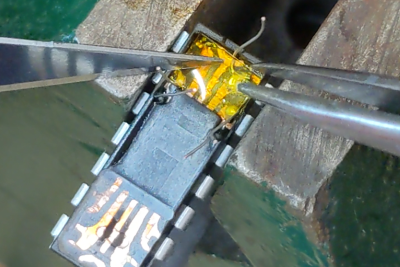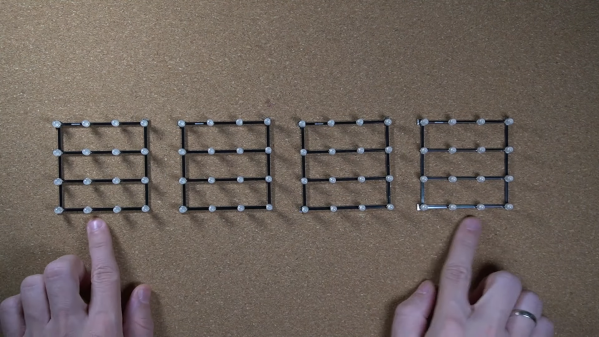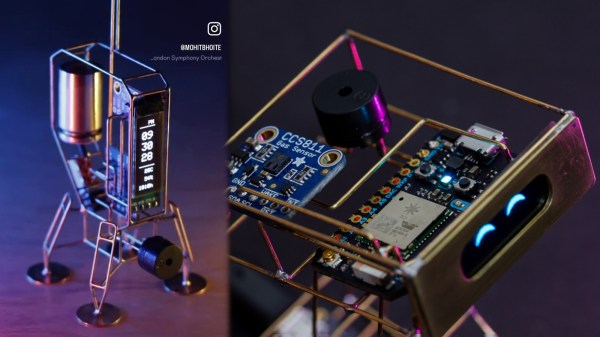The entirety of Silicon Valley is predicated on the ability to ‘move fast and break laws’. Have an idea for a scooter startup? No problem, just throw a bunch of scooters on the curb, littering and e-waste laws be damned. Earlier this year, Swarm Technologies launched four rogue satellites on an Indian rocket. All commercial satellite launches by US companies are regulated by the FCC, and Swarm just decided not to tell the FCC. This was the first unauthorized satellite launch ever. Now, Swarm has been fined $900k. Now that we know the cost of launching unauthorized satellites, so if you’ve got a plan for a satellite startup, the cost for an unauthorized launch is a bit more than $200k per satellite. Be sure to put that in your budget.
Santa Claws! Liberty Games would like to donate to a charity this holiday season, but you can’t just write a check. That’s not fun. Instead, they connected a claw machine to the Internet, and anyone can play it. Setting up a webcam was easy enough, but they also had to move the claw and press the button over the Internet. A Raspberry Pi came to the rescue.
Tomorrow is the 50th anniversary of Apollo 8, mankind’s first trip beyond Earth orbit. Now, using Lunar Reconnaissance Orbiter data, NASA has reconstructed the famous ‘Earthrise’ photo taken by the crew. It’s in 4K, and we’re getting a great diagram of what pictures were taken when, through which window.
It’s that time of year again, and the 176th Air Defense Squadron is on high alert. This squadron, based out of Joint Base Elmendorf-Richardson in Anchorage, Alaska has the AWACS in the air, on patrol, just waiting for the inevitable. You can take a look at their progress here, and please be sure to keep our service members in your thoughts this holiday season.
Show off your sculpture skills with small bits of wire! Get the blowtorch out because copper work hardens! [Roger] can’t enter the Circuit Sculpture contest, but he did manage to give a body to one of the Tindie heads.




















